This Ancient, Toothy Sea Beast Sustains Ecosystems in the Pacific Northwest
Pacific lampreys boost biodiversity in rivers and are an essential food source for the Yurok people.
Each week, Atlas Obscura is providing a new short excerpt from our upcoming book, Wild Life: An Explorer’s Guide to the World’s Living Wonders (September 17, 2024).
Jawless and vertebrae-less, the Pacific lamprey is a single muscle, up to 30 inches (76 cm) long. Its most infamous attribute, however, is its so-called oral disk. Three cuspid teeth line the front of this sucker mouth, circling around a tiny, angular tongue. When a salmon, hake, or whale gets this parasitic fish’s attention, the lamprey latches on, tongue-puncturing its prey’s flesh to feed on blood and other bodily fluids.
For about half a billion years, these features have proved a winning strategy for Pacific lampreys. The wriggly sea beasts have sucked their way through three ice ages and five mass extinction events. Today, they favor coastal habitats, where they support whole ecosystems across several distinct stages of life and death.
Following the March-through-July spawning season, Pacific lampreys hatch in freshwater streams in the form of small, wormlike larvae. Eyeless and toothless, these youngsters clean up muddy river bottoms, filter feeding on plants, algae, and the excrement of fish and insects.
Sometime between the ages of three and seven, the lampreys metamorphose into juveniles, developing eyes as well as that trademark sucking mouth and pointy teeth. Ready to parasitize, they make their way out to sea, often traveling more than 100 miles (161 km) before reaching the open ocean. There, the adult fish spend their time dining and hitchhiking on whales, salmon, and other marine life.
After one to three years away, lampreys migrate back to their freshwater hatching grounds en masse in the fall. They quit eating, spawn in the spring, and die.
But their legacies live on. Spawn-spent lamprey carcasses, packed with micronutrients from years eating at sea, fall to riverbeds, boosting plant life and food biodiversity for the whole freshwater ecosystem, as well as nearby forests. Scientists have even found evidence of the lamprey and other ocean life in giant evergreens of the Pacific Northwest, in the form of phosphorus from the sea.
Range: The Pacific Rim of North America and Asia
Species: Pacific lamprey (Entosphenus tridentatus)
How to see them: Adults can be seen entering the mouths of the Klamath and Columbia Rivers during the fall. Upriver, throw on some snorkeling gear: You may find adults suctioned to a rock, resting between bursts of swimming. To see Pacific lampreys in their larval stage, dig up a shovel full of sand from almost any West Coast river; the larvae look much like worms.
THE WILD LIFE OF: A Yurok Fisheries Biologist
For centuries, Indigenous American tribes of the Pacific Northwest and California have considered lampreys sacred sustenance, celebrating them in feasts and with ceremonial songs. As a Yurok tribal member and senior fisheries biologist for the Yurok Fisheries Department, Keith Parker monitors fish harvests, collects tissue for genetic evaluation, and analyzes water quality and salmon-run size from the mouth of California’s Klamath River. In 2018, he discovered two new subspecies of Pacific lamprey.
Lampreys and their fatty oils have been dubbed a “superfood.” Can you describe some of the health benefits of these age-old fish?
Eels provide Tribal people with high lipid content during winter months when the salmon are not running. It is not by default but by design that the Creator gave our people this rich, fatty food when our people need to put on body fat to weather the cold. When Coho salmon stop running in December, the lampreys show up.
What fishing methods snag Pacific lampreys?
Lampreys are slow anguilliform swimmers that avoid the main current and travel on the river’s edge. Yurok men use an eel hook with a carved wooden handle, usually a hardwood like Pacific yew, that’s connected to a metal shank with a 180-degree bend, which creates the hook. Eel baskets are also used to gather lamprey swimming upriver.
How do they taste compared with other seafood?
Similar, but even better than unagi served in Japanese restaurants. They are usually smoked over madrone or alder wood and require long smoking times due to their high lipid content. I only half-smoke them before pressure-cooking them in sealed jars.
How have you honored Yurok culture in your research?
When I discovered two new genotypes of Pacific lamprey, in recognition of their importance as a native fish to Pacific Northwest fishing tribes, we adopted the names key’ween (lamprey “eel”) and tewol (ocean) for the river-maturing and ocean-maturing ecotypes, respectively, using terms from the Yurok language, which I’m proud of.
Why is this ancient fish so crucial to the Yurok way of life?
We are river people, and the river is our grocery store. The mass destruction of the Klamath River Basin and its ecosystems has significantly impacted our food security and food sovereignty.
Wild Life: An Explorer’s Guide to the World’s Living Wonders celebrates hundreds of surprising animals, plants, fungi, microbes, and more, as well as the people around the world who have dedicated their lives to understanding them. Pre-order your copy today!

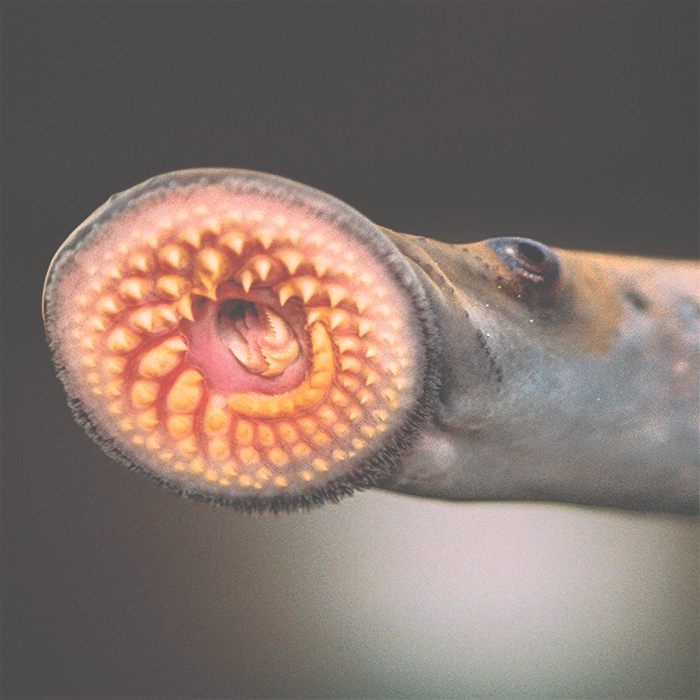
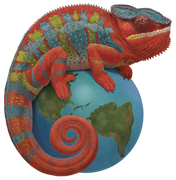


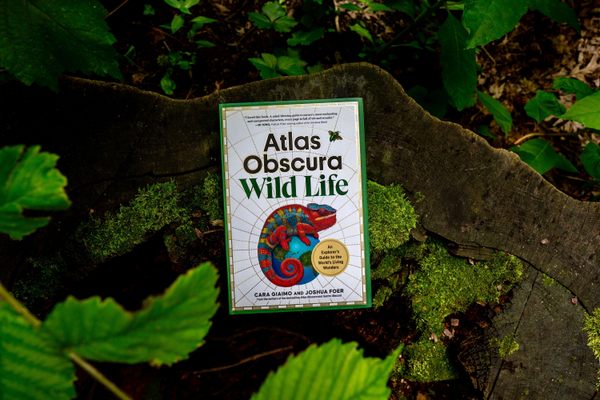
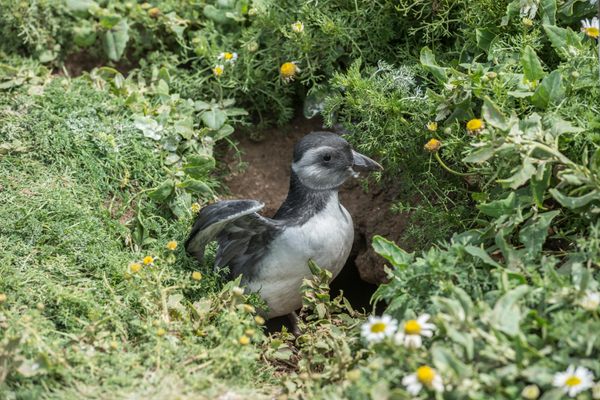
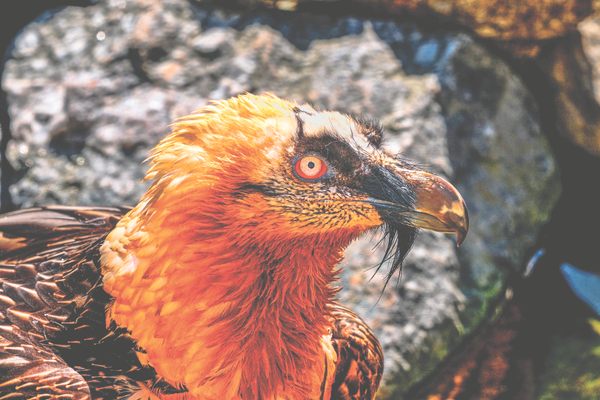






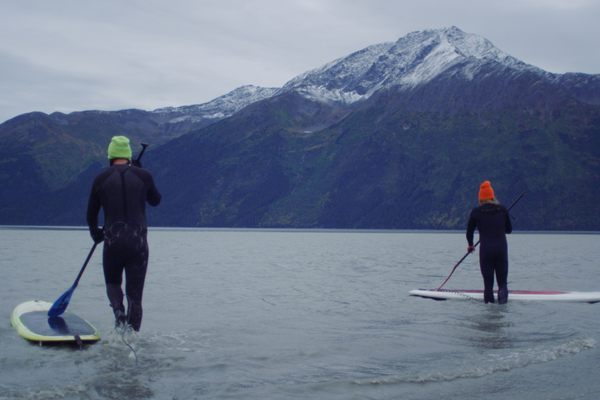


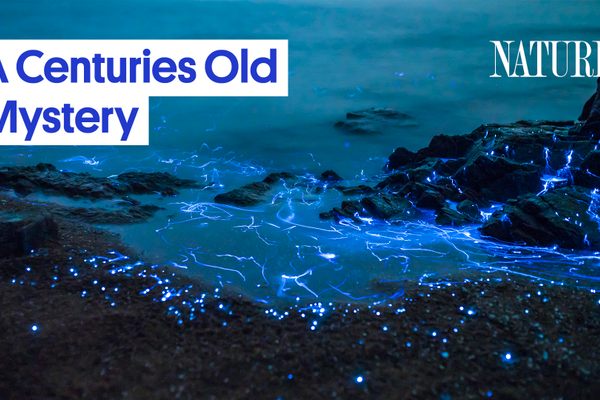





Follow us on Twitter to get the latest on the world's hidden wonders.
Like us on Facebook to get the latest on the world's hidden wonders.
Follow us on Twitter Like us on Facebook